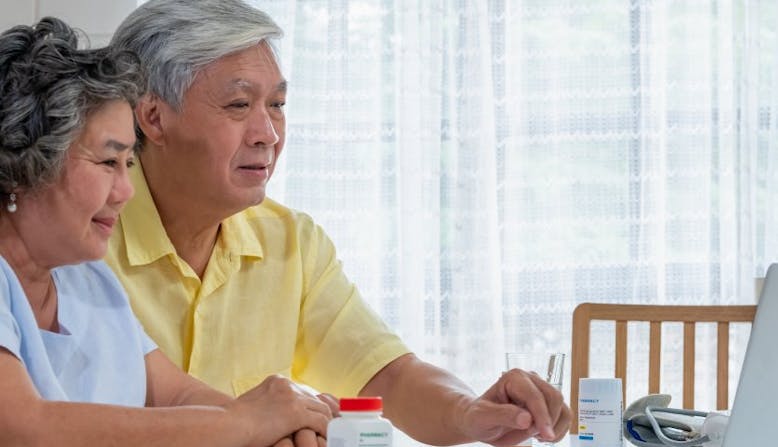Physical Activity
Exercise keeps your joints and tendons loose and limber and helps you reduce inflammation and pain. Building up your muscles decreases the workload on your joints. Anything that gets your heart pumping and your joints moving will help to lower your risk of developing a comorbid (related) condition. (To learn more about the comorbidities related to psoriatic arthritis, get your free quick guide.)
When you set out on an exercise program, you don’t have to aim for Olympic gold. If you were active before you had PsA, try to maintain a regimen as close to your old normal as possible. If you were inactive, start small. In general, people with PsA can enjoy walking, indoor and outdoor cycling, swimming or warm-water exercise, yoga, tai chi, and qigong. A physical therapist or a qualified fitness or health professional can help you create an exercise plan that makes sense for you.
Whichever exercises you choose, your muscles will work extra hard at the beginning. After exercising you might experience soreness. You might have a hard time cooling down. You might even feel worse the next day. This is your body telling you to ease up! Listen to your body to help you learn about the types of activities that tend to induce discomfort or pain.
The opposite can also happen. As soon as any type of activity becomes less than challenging, it’s safe to assume your body has adapted and that it’s time for a new challenge.
Managing Pain
The inflammation caused by PsA can have short-term effects such as pain and swelling. Inflammation can also cause long-term damage to your joints. Stress is another aggravation. The combination of inflammation and stress can make you even more sensitive to pain.
Talk to your health care provider about the following medications for managing pain, their interactions with other treatments for PsA and their possible short- and long-term side effects.
Nonsteroidal anti-inflammatory drugs (NSAIDs) are over-the-counter medications such as aspirin and ibuprofen as well as prescription drugs. NSAIDs help to decrease inflammation, joint pain, and stiffness. They can also make it easier for you to move.
A health care provider considers stronger medications when NSAIDs and aspirin fall short in their results.
Biologics target specific parts of the immune system (unlike traditional oral systemic drugs, which impact the entire immune system). Although biologics interfere with the process that causes the painful PsA inflammation, you might have to wait at least three months until a biologic begins to reduce your pain. However, recent studies show that biologics very quickly demonstrate a positive effect on your mood. People with PsA are at greater risk of depression, and depression can heighten your sensitivity to pain.
%20(3).png?ixlib=gatsbyFP&auto=compress%2Cformat&fit=max&rect=0%2C0%2C650%2C450&w=650&h=450)


